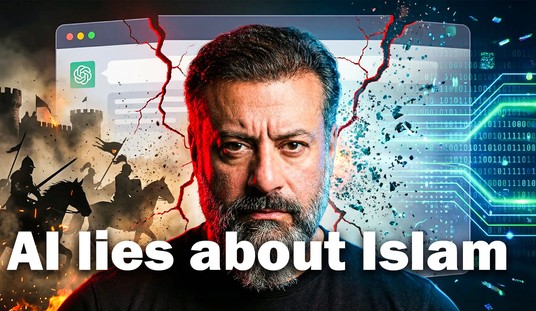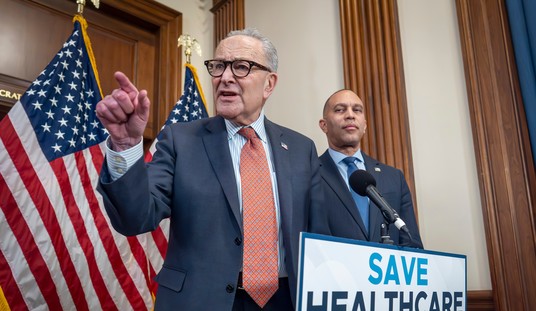As Cybersecurity Awareness Month comes to a close, it ends having given us all a small glimpse into the potential chaos that awaits us if hackers had their way.
A couple of weeks ago, Amazon Web Services suffered a massive outage that took down websites, apps, payment systems, and smart-home devices across the globe. The culprit wasn’t a hack — it was a software automation bug in AWS’s internal DNS management. But that’s exactly what makes it terrifying. A simple misfire in one system cascaded through hospitals, banks, airlines, and retailers in minutes.
Now imagine if it hadn’t been an accident. If a hostile actor had deliberately triggered the same domino effect, we’d be calling it one of the largest cyberattacks in history. What started as inconvenience — frozen checkouts, crashed apps, darkened dashboards — could have escalated into economic paralysis. The outage was a glitch. A cyber strike could be chaos.
The AWS blackout exposed what many cybersecurity professionals have warned for years: the modern economy is over-concentrated in a handful of cloud providers. One misconfigured update in a single hyperscale region can ripple through everything from logistics to national defense contractors. It’s the equivalent of building every highway bridge in America from the same steel. Perhaps an efficient process, yet catastrophically fragile if it ever cracks.
That’s why this Cybersecurity Awareness Month should focus less on “strong passwords” and more on resilience engineering. We must diversify workloads, build real failover systems, and treat redundancy as mission-critical infrastructure, not a line item to trim. Because as the AWS event proved, even without a hacker, our systems are already brittle enough.
But outages aren’t the only problem or biggest issue — people are. Cybersecurity has a human deficit. America remains short roughly 500,000 qualified cybersecurity professionals, and those still standing are exhausted. A recent BBC feature highlighted the epidemic of burnout among cybersecurity analysts — the long nights, constant alerts, and impossible expectations. Many have left the field entirely. The result: smaller teams defending bigger attack surfaces with fewer tools and less sleep.
These shortages didn’t appear overnight. They’re the residue of years of underinvestment in digital training and bureaucratic red tape that slowed hiring while threats accelerated, particularly during the Biden administration. Until that imbalance changes — through fast-track training programs, better compensation, and smarter automation — every corporate firewall and federal SOC will be running on fumes.
Attackers, meanwhile, aren’t taking a coffee break. Ransomware strains like FastLock ransomware continues to evolve, targeting logistics companies, healthcare providers, and even small municipalities. It encrypts entire networks, demands payment in cryptocurrency, and then resells stolen data on the dark web for extra profit.
And on the consumer side, false alarm pop-ups like “WARNING: SYSTEM RESOURCE LEAK” scam remain in circulation. They prey on fear — flashing fake pop-ups about “critical errors” and convincing victims to grant remote access. With that single click, criminals steal credentials, financial details, and identity data.
Both illustrate the same truth: the weakest link isn’t always a firewall; sometimes it’s fatigue, fear, or simple confusion. Human error is still the most consistent vulnerability in cybersecurity, and the criminals know it.
While ransomware and scams grab headlines, Advanced Persistent Threats (APTs) are the deeper, quieter menace. State-sponsored cyber units from Russia, China, Iran, and North Korea have spent years infiltrating networks tied to defense contractors, utilities, and research labs.
Their goal isn’t always destruction — sometimes it’s espionage, sometimes long-term positioning. These actors don’t smash doors; they pick locks. They move laterally, disguise themselves as legitimate users, and wait for the right geopolitical moment to strike.
In a worst-case scenario, an AWS-scale outage caused by a coordinated APT assault could disrupt critical sectors simultaneously — power grids, communications, even emergency response. The lesson from October’s outage is clear: if a coding error can do this, what happens when a hostile nation actually exerts effort?
So what’s the defense? The buzzword that finally has meaning: Zero Trust Architecture. Zero Trust assumes compromise is constant and trust is earned, not granted. Every user, device, and connection must continuously verify identity and behavior. For individuals, that means multi-factor authentication, password managers, and keeping devices patched. For businesses, it means microsegmentation, least-privilege access, endpoint protection, and continuous monitoring. For governments, it means rebuilding legacy networks with identity-based access controls and real-time analytics.
Zero Trust doesn’t stop mistakes — but it keeps them contained. When implemented correctly, one compromised credential or rogue process can’t bring down an entire enterprise, let alone half the internet.
So, although the pomp and circumstance of Cybersecurity Awareness Month is only manifested as a yearly campaign, it should actually be a perpetual mindset. Awareness without action is theater.
The AWS outage showed us what fragility looks like in high definition and the ongoing burnout crisis shows us that our defenders are stretched to their limit. Add those factors up and you see a nation one unlucky click away from a digital catastrophe.
The good news? We know what works: talent investment, layered defenses, Zero Trust design, and redundancy that assumes failure instead of denying it. The private sector, public sector, and individuals all have roles to play — but they share one imperative: build systems that expect to break and recover fast.
Because the next outage might not be a bug. It might be a blueprint for something far worse. And if the AWS mess teaches us anything, it should be that we make sure we don’t have to learn these important lessons the hard way.
Editor’s Note: The Schumer Shutdown is here. Rather than put the American people first, Chuck Schumer and the radical Democrats forced a government shutdown for healthcare for illegals. They own this. Help us continue to report the truth about the Schumer Shutdown. Use promo code POTUS47 to get 74% off your VIP membership.









Join the conversation as a VIP Member